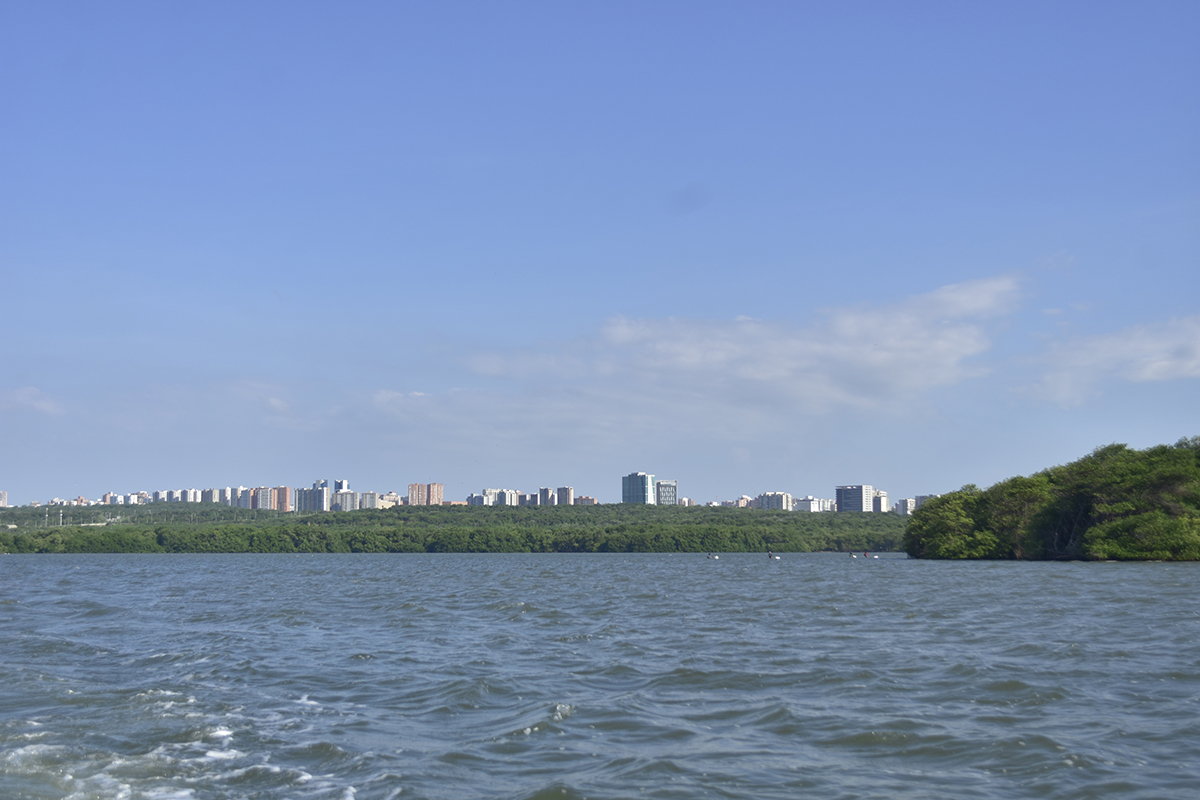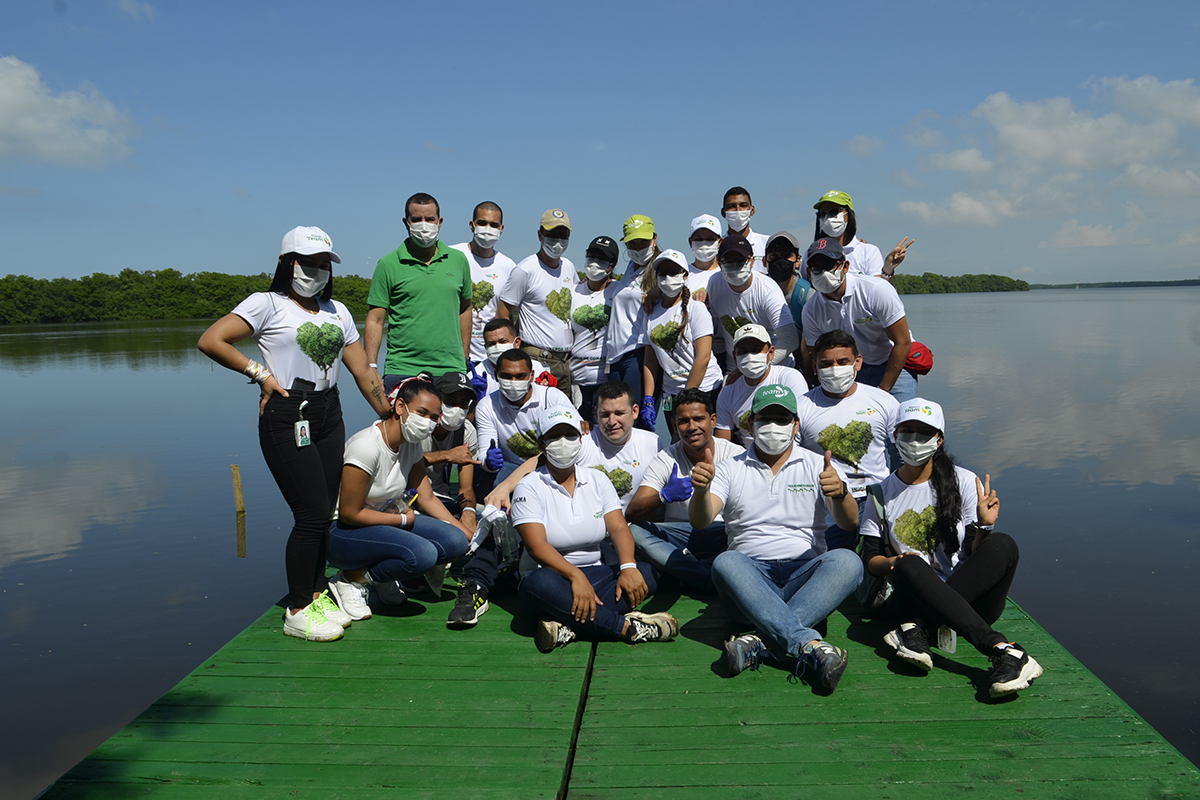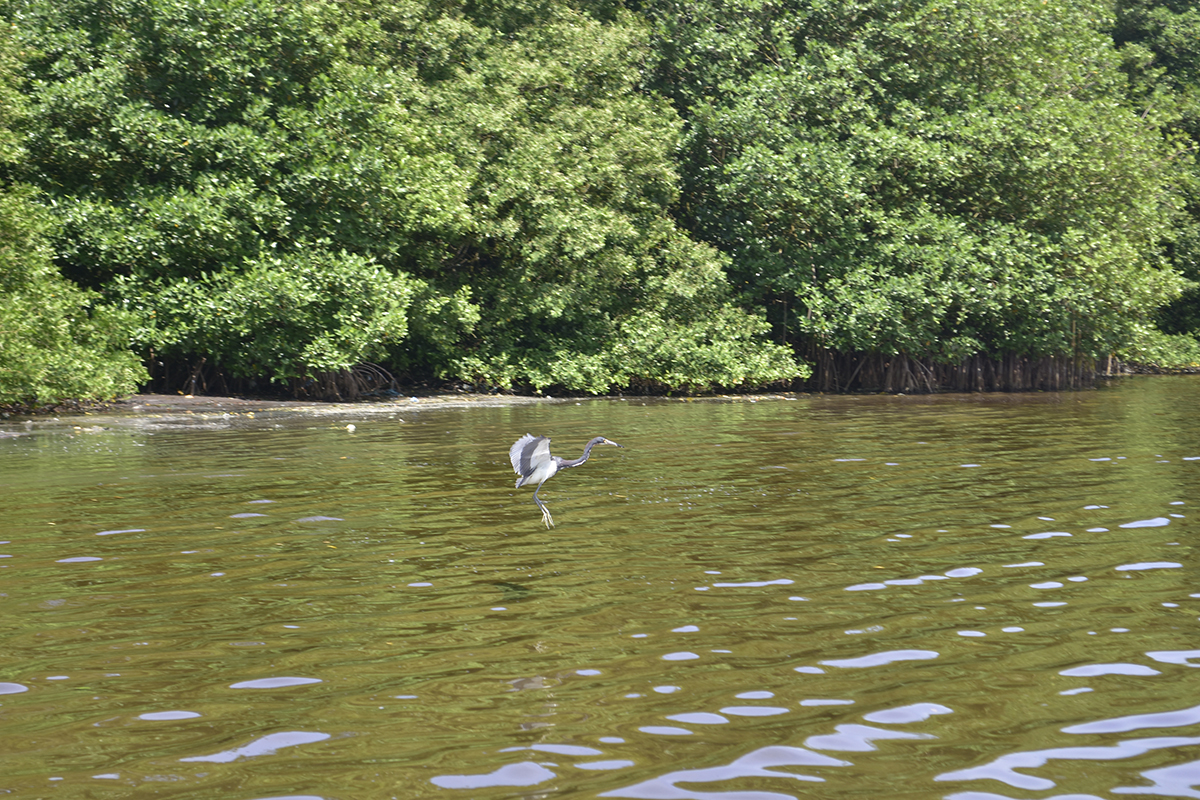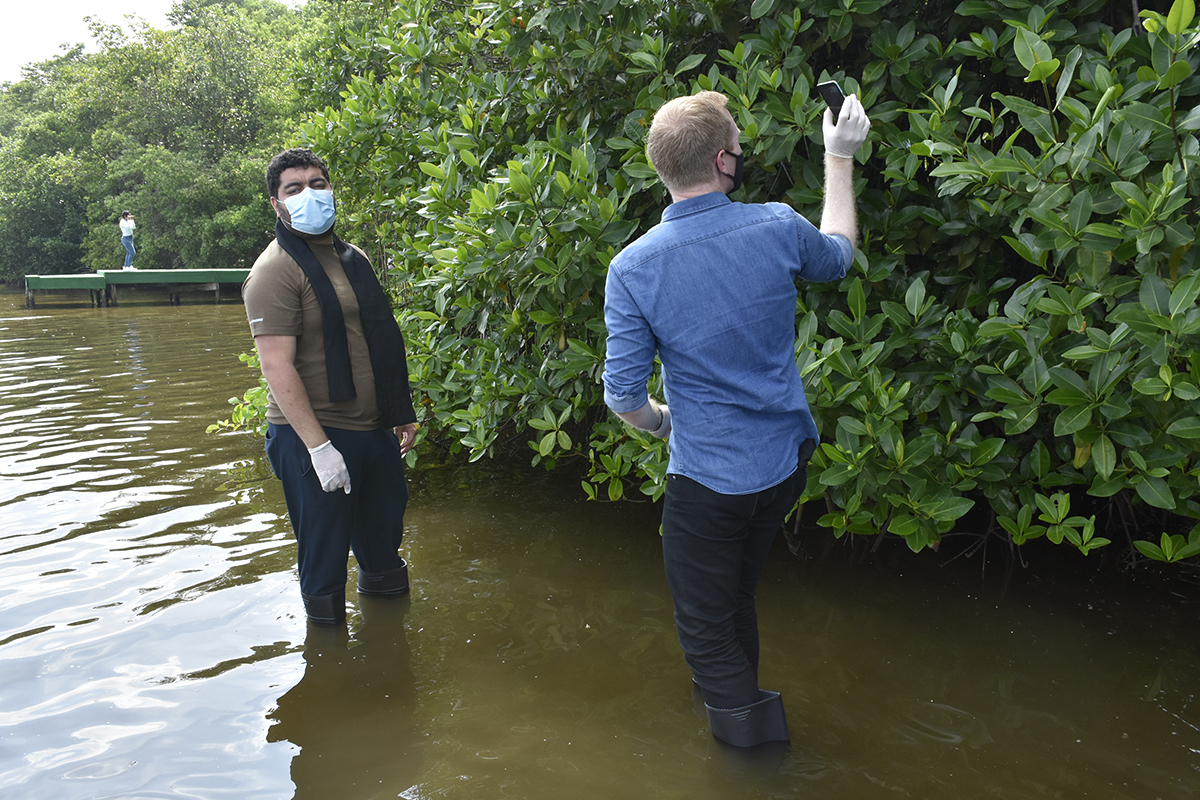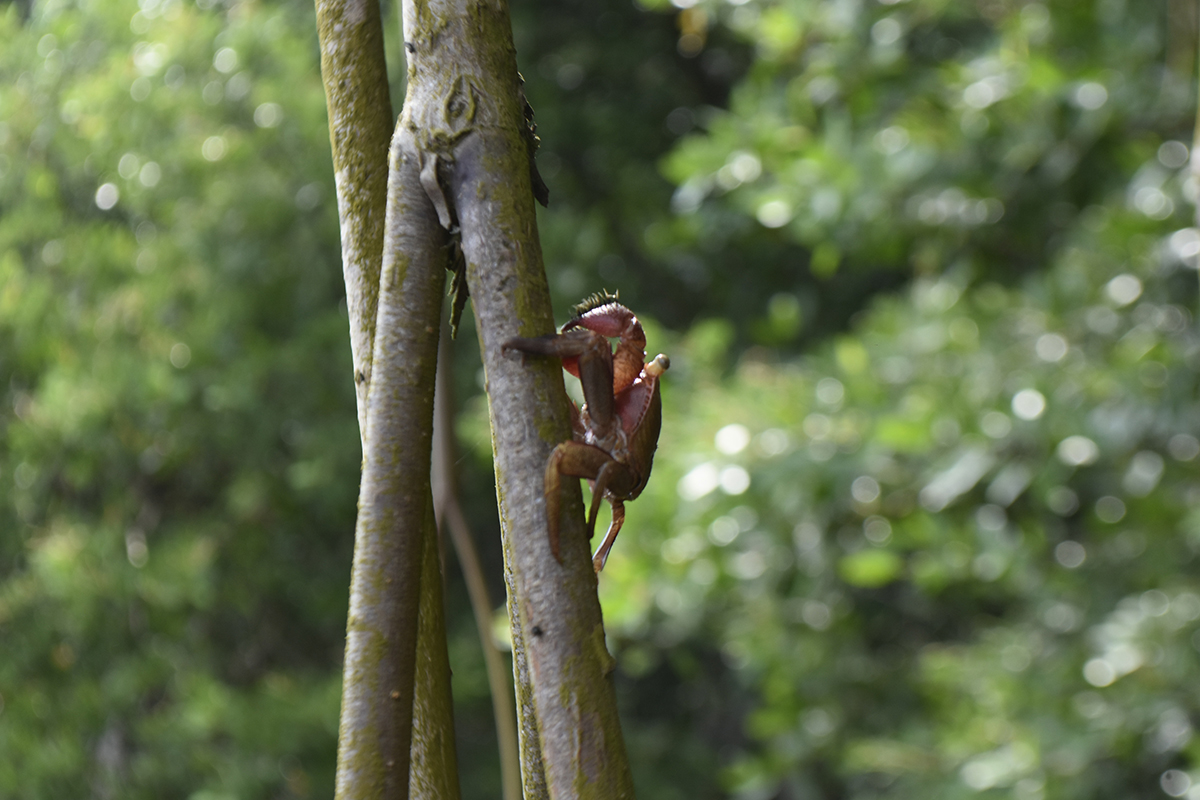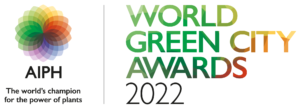Addressing the urban challenge
Breadth of the issue – How are the problem(s) that are being tackled by your initiative affecting citizens/local businesses or a significant component of the local wildlife?
This project has several actions to mitigate the negative environmental impacts that have been taking place in the body of water and its surroundings. One of the solutions is to eliminate part of water contamination problems by cleaning it with algae and bacteria that absorb the contaminating material.
It also aims to provide the nearby community with benefits at the urban level, because with its comprehensive design they intend to intervene in the two perimeter neighbourhoods bringing public services to homes that do not yet have them, home improvement, roads, among others.
In addition, new economic opportunities will be obtained by having natural parks, beaches with all the necessary services and a pier with bike paths, pedestrian trails that will bring tourists to the area.
All of the above greatly affects the area’s population, flora, and fauna.
Depth of the issue – How seriously are the problems being tackled by your initiative impacting the life of the citizens/businesses/wildlife concerned?
Currently, one of the most impact problems is pollution, since the Neighbourhood of las Flores and La Playa have uncontrolled solid waste, promoting the progressive contamination of the waters, as well as the proliferation of diseases for the surrounding population. Likewise, the swamp has been contaminated by the entry of large amounts of waste from the Arroyo Grande and León basin, and is affecting the quality of the water, the flora and fauna. Another latent problem is the swamp border change due to erosion and sedimentation that the informal and uncontrolled settlements of buildings make on the shoreline, which fill the swamp, in turn, cut the mangroves, one of the principal bases of the ecosystem.
The power of plants and natural ecosystems to deliver benefits
How is the initiative shaped by scientific evidence of the potential for plants and natural ecosystems to deliver benefits?
By identifying the problems in the study area, the comprehensive solution explained above would favour the city of Barranquilla in social and environmental terms.
In the social part we see as a vulnerable sector, where the majority of the population is poor, they will be benefited by living in an environment without contamination and which will bring economic benefits to the sector, by providing the opportunity for new jobs.
As for the body of water, it will be avoided that they continue to fill it and thus avoid that they continue to reduce, because it has lost between 1984 and 2018 some 370 hectares that are equivalent to almost 50% of the total of the swamp.
That is why the project will help to reduce the damage caused over time to the body of water, bringing environmental, social, and economic benefits, by generating new income for the entire sector with the new tourist attractions.
How has the city exploited the potential of plants and associated ecosystems to deliver more than one benefit?
The Mallorquin swamp is a very important place for the fauna and flora of the country. It is a nesting place for many migrant birds and is home to 4 of the 5 species of mangroves available in the region. The mangrove is a fundamental species in the control of floods and environmental risks, in addition to reducing carbon emissions into the atmosphere.
Innovative and Collaborative Solution
How does the initiative show evidence of feasibility, including on-going financial and logistical support?
The project was structured and designed in an excellent manner as planned, and the first phases of construction of the project are underway. Also, work is underway on the studies and designs for the other phases, and at the same time, the operation and maintenance analysis of the project is being carried out to ensure its long-term viability.
The project has received logistical, technical, and financial support from many entities at the local, national, and international levels, which have provided very important support for the achievement of the objectives set out in the scope.
Environmental and national agencies such as the Colombian Ministry of the Environment, Colombian Ministry of Housing, Corporación Regional Autónoma del Atlántico – CRA, Barranquilla Verde, and international organizations and banks such as Inter-American Development Bank – IADB, Agencia Española de Cooperación Internacional para El Desarrollo – AECID, Latin American Development Bank – CAF World Bank, etc., have provided important support to the project.
In what ways is the initiative innovative?
The initiative is innovative because it generates a positive social and economic impact through sustainable tourism. The construction of the Eco Park allows the region’s inhabitants and visitors to raise awareness about the importance of these ecosystems, while at the same time engaging in bird watching activities, which is unique in the region. It also has innovative construction methods that do not have a negative impact on the flora and fauna of the area.
How is the initiative supported by collaborative working across disciplines and sectors?
The project has a large interdisciplinary group that includes civil and environmental engineers specializing in hydraulic and soil issues, among others, architects, lawyers, economists, anthropologists, administrators, and key social stakeholders.
It is planned to work together with the Community Leaders, who play a key role in the execution of projects with great social impact. Also, the project will have a social specialised team, that will accompany the community throughout the study, from their designs to the completion of the work, and thus avoid confusion due to not knowing project details. Also explain to people who need relocation, the benefits of their new home and why they should move from a place free of contamination.
In addition, technical and financial support has been provided by national and international entities that have supported the project.
How does the initiative demonstrate evidence of community support?
We are working hand in hand with local entities such as the secretary of economic development and the secretary of tourism in socialization and training for the communities surrounding the project, providing them with productive and employment opportunities to positively benefit the social, economic, environmental and health aspects of the project’s impact zone.
In addition to this, socialization is being provided to all sectors of the city to create awareness and a sense of belonging to the local population, which had little or no knowledge of this beautiful and unique ecosystem that they have and do not take advantage of it and take care of it as they should.
There is also an employment exchange with the Opportunity Centre to provide support to entrepreneurs and workers in the sector in the formalization and development of productive projects and job opportunities.
Implementation, Impact and Replicability
How does the initiative demonstrate evidence of a track record of success against pursued objectives?
One of the main activities included in the initial scope of the project that has been executed and fulfilled according to its schedule is the planting of mangroves. In addition, the construction of the first phases is already underway, both in water and on land, with materials that do not have negative impact on the ecosystem; on the contrary, they allow a culture of care to be generated that will benefit it in the long term. The multilateral banks that financed the project and the local, regional, and national environmental agencies are present in the area to ensure compliance with the project’s objectives.
All the technical, social, environmental, and economic studies are also being developed for the proper development of the project.
How has the initiative had a ripple effect beyond the scope of the initiative itself, thereby demonstrating a change in the city’s and/or its partners’ way of working with plants?
The project has a great impact on the awareness of the communities in the surrounding areas, where work is being done to raise awareness of the importance of the ecosystem for long-term wellbeing, avoiding natural disasters and improving air and water quality.
How have other cities expressed interest in the initiative, or what potential does it have to interest other cities and be customised to their own circumstances?
As it is an integral project, starting with the structuring, studies and designs, then the construction and finally the operation and maintenance, it is a type of project that can be very scalable to different ideas and cities, even countries around the world, which is why many cities and entities have expressed their interest in the initiative and have requested the transfer of knowledge, experiences and lessons learned for implementation in other areas.
Regional and national cities including Cartagena with Ciénaga de la Virgen project, Barrancabermeja, Montería, and national entities such as Colombian Ministry of Environment and Sustainable Development with the Vía Isla Salamanca national natural park have expressed interest from the idea of the project to the actual construction.
Sustainability and Resilience
What efforts have been made to reduce the carbon footprint of the initiative?
We are aware that all projects have an impact on the carbon footprint, this initiative, being located in such a complex strategic ecosystem, from the beginning has taken special care with the protection of fauna and flora, which is why a study has been initiated with Conservation International and the environmental entity to measure the mangrove’s impact on the carbon footprint, and if feasible, sell blue carbon.
In addition, we are working with the British Embassy in Colombia on a skill-share to develop indicators to achieve carbon neutrality.
How have the anticipated impacts of climate change been considered?
Planting mangroves reduces the carbon footprint, reduces flooding in the surrounding areas and avoids natural disasters such as high tides and soil erosion.
The water discharged into the swamp is also being treated to maintain the quality of the resource.
What processes does the initiative include for it to be considerate in its use of soils and other natural resources?
The environmental study is very important in the development of the project due to the type of ecosystem in which it is located, which is why special care has been taken in the resources to be used, which have little or no impact on the fauna and flora and have regulations that protect the land and surrounding areas.
The preservation of native species of fauna and flora is one of the main strategies implemented in the project, so it is not allowed to generate activities or have natural resources that may endanger their welfare.
Monitoring, Maintenance, and Management
How has the initiative been designed and implemented so that long-term needs for management and maintenance are reduced and can be met?
For the long-term sustainability of the project, it is expected to replicate a successful operation and maintenance model applied in other large projects in the city, which has brought very good results and will enable the project to achieve self-sustainability.
What protocols are in place to facilitate monitoring of results?
The project has an external auditor for the work as a protocol for compliance with the objectives, who provides support in the follow-up and monitoring of the results and provides constant reports to the entities interested in the project. In addition, the international banks financing the project have programs to measure efficiency indicators and compliance with the project scope. There are also governmental entities that ensure compliance with environmental policies and the components that affect the sector’s fauna and flora.



















